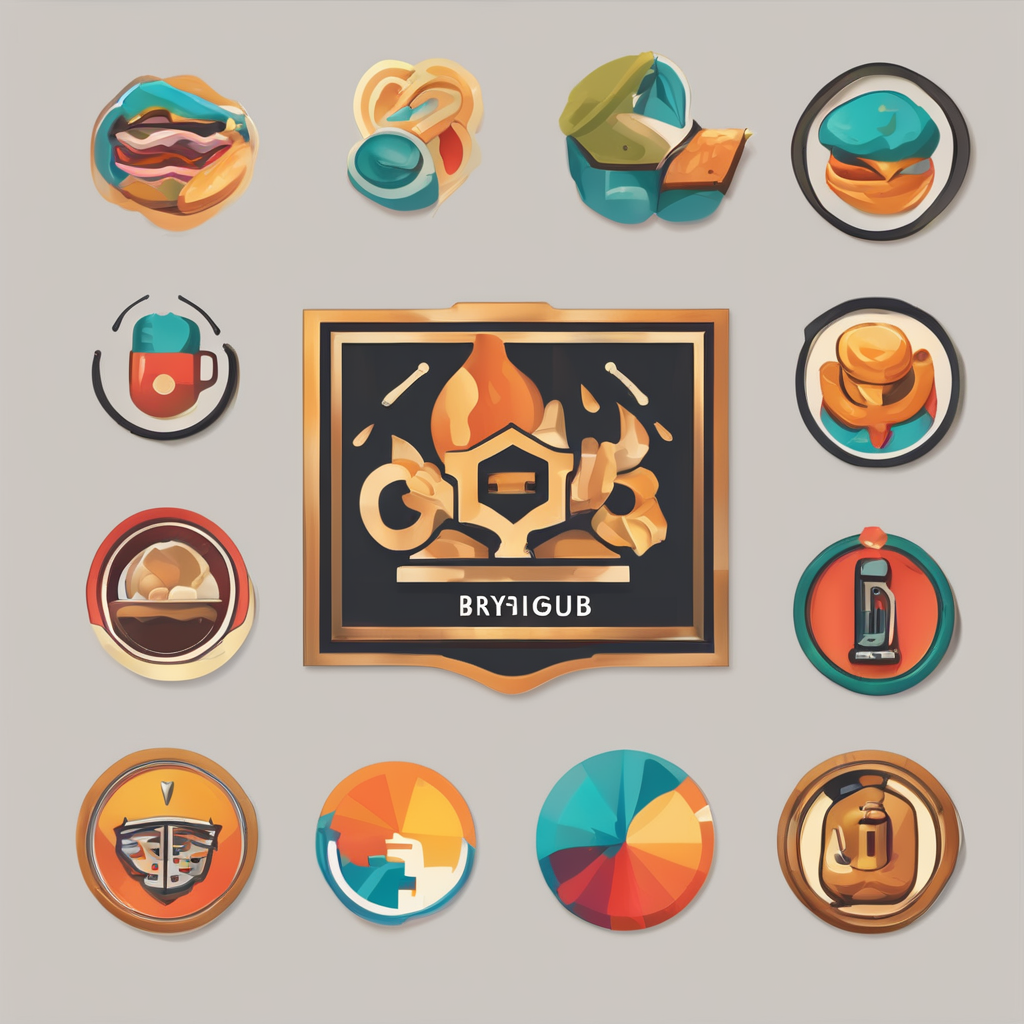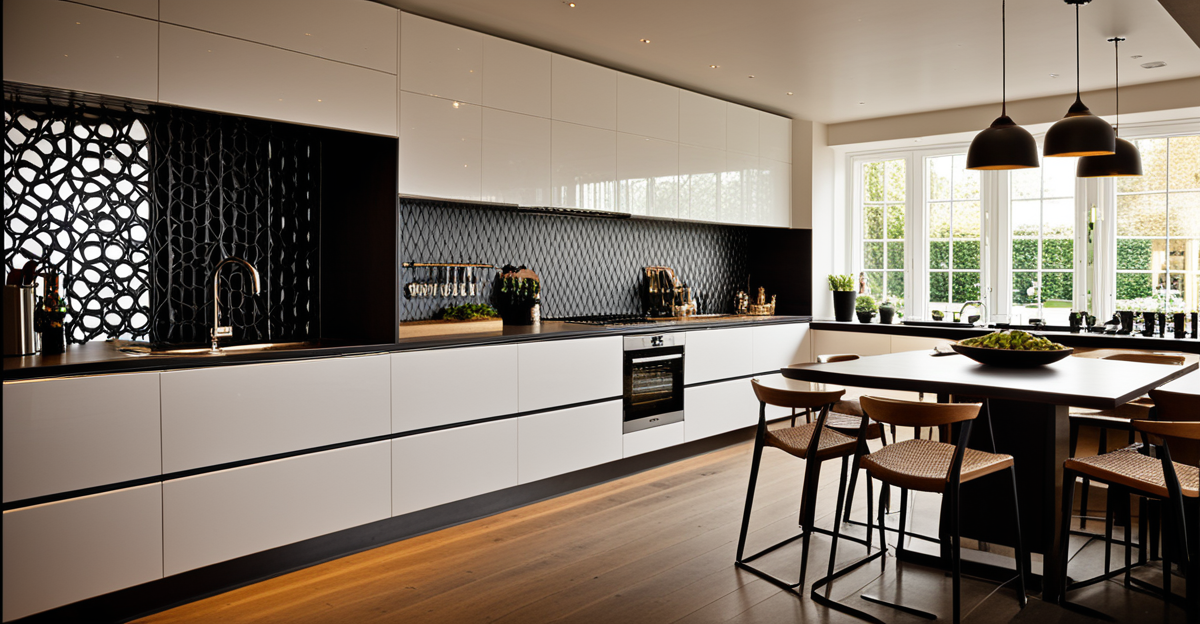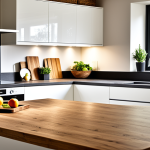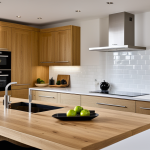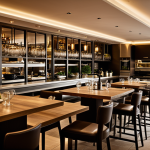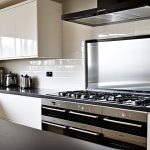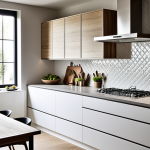Key elements of interior design shaping UK kitchen restaurant ambiance
When crafting the restaurant ambiance of UK kitchen restaurants, several interior design elements play pivotal roles. The impact of color schemes cannot be overstated: warm tones like deep reds or earthy browns often inspire appetite and comfort, whereas cooler hues can create a sleek, modern vibe. Lighting is equally crucial. Soft, adjustable lighting enhances intimacy and relaxation, while brighter, natural light boosts energy and visibility. Materials—from raw wood to polished metal—not only contribute texture but also affect acoustics and overall atmosphere.
Layout and furniture choices significantly influence how guests interact within the space. A well-planned layout ensures easy movement, fostering a welcoming environment, while furniture style and arrangement impact comfort and encourage social engagement. Cohesive design themes unify these elements, establishing a consistent mood that customers subconsciously appreciate. For instance, rustic UK kitchen restaurants blending vintage furniture with exposed brickwork evoke nostalgia, enhancing authenticity. These combined interior design elements shape the overall restaurant ambiance, directly affecting patrons’ dining experience and perceived quality.
Also to discover : What are the challenges of running a UK restaurant kitchen during peak hours?
Key elements of interior design shaping UK kitchen restaurant ambiance
Creating a memorable restaurant ambiance in UK kitchen restaurants depends heavily on precise interior design elements. First, color schemes hold substantial influence. Warm tones like deep reds and earthy browns often evoke coziness and appetite stimulation, while cooler hues promote calmness. Lighting complements this by establishing mood—soft, dimmed lights foster intimacy, whereas brighter, natural lighting enhances a bustling, energetic vibe. Materials also contribute: exposed brick, reclaimed wood, and metal accents give an authentic, industrial feel popular in UK urban eateries.
The layout plays a crucial role in the guest experience. A well-designed floor plan balances efficient kitchen workflow with comfortable dining zones, optimizing both service and patron comfort. Strategic furniture choices, such as ergonomic seating and versatile tables, accommodate diverse groups and encourage lingering, which directly affects customer enjoyment and spending.
In parallel : What role does interior design play in UK kitchen restaurant ambiance?
Finally, a cohesive design theme unifies these components, reinforcing the restaurant’s identity and creating a seamless experience. For example, a rustic theme, consistent from décor to tableware, can transport diners and enhance perceived authenticity. In UK kitchen restaurants, these intertwined elements collectively shape the mood, drive customer engagement, and elevate overall ambiance.
How interior design choices influence customer experience
Design decisions deeply shape the customer experience by affecting mood, comfort, and interaction. Colors play an essential psychological role: warm hues like reds or oranges can stimulate appetite and excitement, while cooler shades often promote calmness. Textures also influence perception; for example, smooth surfaces may feel modern and clean, while rough, natural materials evoke warmth and authenticity. Lighting enhances these effects by setting the tone—dim, warm lighting encourages intimacy, whereas bright, white light supports alertness and a lively atmosphere.
Spatial layout further impacts comfort and social interaction. Well-spaced seating minimizes noise interference and allows privacy, improving overall satisfaction. Conversely, cluttered or awkward layouts can cause stress and reduce dwell time. The arrangement of furniture affects how easily guests communicate and move around, influencing their dining enjoyment and perception of the venue.
Ultimately, a harmonious blend of these interior design elements creates a compelling dining environment. This positive ambiance leads to improved customer satisfaction, encouraging repeat visits and positive reviews. Understanding these psychological effects helps UK kitchen restaurants tailor spaces that delight and comfort patrons effectively.
Key elements of interior design shaping UK kitchen restaurant ambiance
Interior design elements such as color schemes, lighting, and materials decisively influence the restaurant ambiance in UK kitchen restaurants. Color schemes create emotional responses: warm tones stimulate appetite and warmth, while cooler hues provide calmness or a modern edge. Lighting is critical; adjustable, soft lighting fosters intimacy, whereas brighter lighting energizes the space. Materials like exposed brick and reclaimed wood add texture and authenticity, reinforcing the desired ambiance.
Layout and furniture choices further shape the guest experience. Efficient spatial planning ensures smooth flow and comfort, encouraging social interaction without overcrowding. Furniture style—ranging from rustic wooden tables to sleek metal chairs—supports the restaurant’s theme while offering ergonomic comfort, which enhances patron satisfaction.
Cohesive design themes unify these elements, crafting a consistent atmosphere that aligns with the restaurant’s identity. For example, an industrial theme blends raw materials with modern furnishings to merge tradition and trendiness. In all, UK kitchen restaurants reflect how these interior design elements intertwine to build an inviting, authentic restaurant ambiance that significantly impacts how customers feel and engage during their visit.
UK-specific design trends and expert insights
Current UK restaurant design trends emphasize the blend of tradition and modernity in UK kitchen restaurants. Open kitchens remain popular, inviting diners to witness food preparation, enhancing transparency and trust. This layout choice also energizes the restaurant ambiance, making it more interactive and engaging. Sustainability has become a focal point; many venues prioritize eco-friendly materials like reclaimed wood, recycled metals, and energy-efficient lighting, reflecting growing environmental consciousness in the UK hospitality sector.
Expert opinions highlight the need for adaptability in design. Renowned hospitality interior designers stress that successful interior design elements must balance aesthetics with functionality, ensuring smooth staff workflows while enhancing guest comfort. For example, modular furniture allows flexibility for both intimate dinners and larger groups, improving the practical atmosphere without sacrificing style.
Notable UK examples, such as urban eateries that incorporate local artwork and regional materials, showcase how authentic storytelling through design cultivates a distinctive restaurant ambiance. Industry leaders agree this narrative-driven approach strengthens customer connection, elevating the overall dining experience and setting new standards for hospitality interior design.
Key elements of interior design shaping UK kitchen restaurant ambiance
Interior design elements such as color schemes, lighting, and materials play crucial roles in defining the restaurant ambiance of UK kitchen restaurants. Color combinations impact mood strongly: warm tones like burnt orange or mustard encourage appetite and comfort, while cooler colors such as slate grey or soft blues offer a modern, calming effect. Lighting choices further refine this mood; adjustable warm lighting creates intimacy, especially in evening settings, whereas brighter, natural light energizes daytime meals and enhances visibility.
Materials strongly influence texture and atmosphere. For instance, exposed brick adds rustic authenticity, while polished metals and glass can introduce sleekness and modernity. The tactile quality of these materials also affects acoustic comfort and visual interest, contributing to the overall sensory experience.
Layout and furniture choices are equally important. A well-planned layout optimizes flow for staff and guests, balancing accessibility with privacy. Furniture—whether robust wooden tables or minimalist metal chairs—must align with the design theme while ensuring ergonomic comfort. Together, these elements establish a cohesive design theme that reinforces the identity of UK kitchen restaurants, shaping a restaurant ambiance that resonates with patrons and enhances their dining experience.
Key elements of interior design shaping UK kitchen restaurant ambiance
Interior design elements such as color schemes, lighting, and materials profoundly influence the restaurant ambiance in UK kitchen restaurants. Warm colors like reds and browns generate a cozy, inviting atmosphere, stimulating appetite and comfort. In contrast, cooler tones bring calmness or modernity, affecting how guests emotionally connect with the space. Lighting choices further refine this mood; soft, warm lighting encourages relaxation and intimacy, whereas brighter lighting options foster energy and visibility, essential during peak hours.
Materials elevate authenticity and texture, with exposed brick, reclaimed wood, and metals contributing both aesthetic and acoustic qualities. These interior design elements help craft unique sensory experiences that resonate with patrons.
Layout and furniture choices are crucial in shaping the guest experience. Efficient spatial design ensures smooth circulation for staff and guests, reducing congestion and enhancing comfort. Furniture style and arrangement influence social interaction, encouraging mingling or privacy according to the restaurant’s intended vibe.
Finally, a cohesive design theme unites these components, reinforcing identity and consistency. For example, an industrial theme combines raw materials with functional lighting, creating an atmosphere that feels both trendy and authentic—key to the signature restaurant ambiance in UK kitchen restaurants.
Key elements of interior design shaping UK kitchen restaurant ambiance
Interior design elements such as color schemes, lighting, and materials are foundational in crafting the unique restaurant ambiance of UK kitchen restaurants. Warm color palettes—shades like burnt orange and deep red—stimulate appetite and create an inviting atmosphere, vital for encouraging guests to relax and enjoy their meal. Conversely, cooler tones such as slate grey can invoke calmness, offering a modern, sophisticated edge.
Lighting complements color by manipulating mood and visibility. Soft, adjustable lighting fosters intimacy during evening service, whereas bright natural light enhances energy and clarity during daytime hours. Materials contribute tactile and visual depth: exposed brick or reclaimed wood introduces rustic authenticity, while polished metals and glass add sleekness and contemporaneity. These combinations affect not just aesthetics, but also acoustics and the sensory environment, impacting how welcoming a space feels.
Layout and furniture choices further shape the guest experience. An efficient layout balances traffic flow and privacy, enabling smooth staff operation and comfortable guest interaction. Furniture styles—from robust wooden tables to minimalist metal chairs—must align with the overarching theme while prioritizing ergonomic comfort. Ultimately, a cohesive design theme weaves these elements into a harmonious restaurant ambiance that resonates with patrons and enhances their dining experience.
Key elements of interior design shaping UK kitchen restaurant ambiance
Interior design elements such as color schemes, lighting, and materials critically influence the restaurant ambiance of UK kitchen restaurants. Warm color palettes—deep reds, earthy browns—provoke appetite and foster coziness, while cooler hues like slate grey introduce calm and modernity. Lighting further defines mood; soft, adjustable illumination nurtures intimacy in evening settings, whereas brighter, natural light energizes daytime service.
Materials also play a prominent role. Exposed brick and reclaimed wood enhance rustic authenticity, while polished metals and glass bring sleek, contemporary accents. These tactile and visual qualities shape acoustic comfort and aesthetic appeal, reinforcing the theme.
Besides these, layout and furniture choices are essential. Efficient layouts promote smooth circulation for both staff and patrons, preventing congestion and encouraging comfort. Furniture style and ergonomics impact social interaction and guest satisfaction; for example, robust wooden tables support communal dining, while minimalist chairs fit modern sensibilities.
A cohesive design theme unifies these elements, ensuring the restaurant ambiance embodies the UK kitchen’s identity. This harmony elevates the sensory experience, encouraging guest engagement and positive perception throughout the meal.
